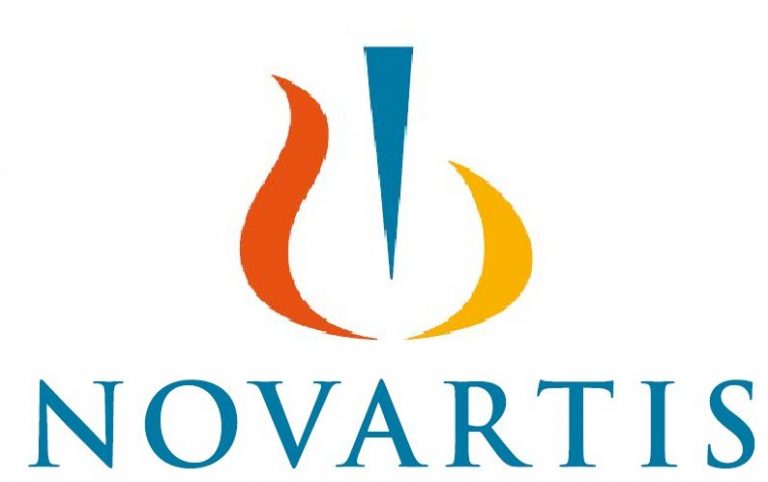
Novartis (NYSE: NVS) and Aeterna Zentaris Inc. (NASDAQ: AEZS) both saw spikes in volume and subsequent share price movement in the biotechnology and healthcare markets during the middle of this week.
Here’s what happened with each and what comes next.
Novartis
This biotechnology behemoth reported on Wednesday that the US Food and Drug Administration (FDA) has accepted its supplemental Biologics License Application (sBLA) for a drug called Kymriah, which the company is currently trying to get approved in a target indication of the treatment of adult patients with relapsed or refractory (r/r) diffuse large B-cell lymphoma (DLBCL).
This is a Novartis drug that might already be familiar to many reading – it’s already approved as a first-line therapy for patients with acute lymphoblastic leukemia (ALL), having picked up approval back in August last year and, somewhat controversially, having been priced at just shy of $500,000 for a single treatment.
To its credit, Novartis announced at the same time that it wouldn’t charge patients that didn’t respond to the drug within one month, offering some degree of safety net for those that splash out on the treatment.
Even with that in place, however, it’s still a pricey treatment.
Anyway, getting back to the present, Novartis expects to hear back from the agency at some point towards the end of April (there’s a tentative PDUFA in place for April 30, 2018). The application is rooted in data collected from a phase II trial called JULIET, which demonstrated that more than 30% of patients in this indication that were treated with the drug achieved complete response, while 74% remained relapse-free rate after onset of response.
There were some pretty nasty adverse events recorded, including grade 3/4 neurologic events in 12% of patients and Grade 3/4 CRS in 23% of treated patients but, given that this is a very hard to treat cancer and it’s currently very limited in terms of treatment options, there’s a good chance that the FDA will overlook these events (to a degree) and favor the beneficial side of the equation ahead of making a decision on the Novartis asset.
Aeterna Zentaris
This one is rooted in a deal that Aeterna Zentaris just announced, which will see it enter into a license agreement with a subsidiary of Pennsylvania biotech company Strongbridge Biopharma plc (NASDAQ: SBBP). The deal will see the latter pick up the rights to a drug called Macrilen, which was approved in the US as a diagnosis tool for patients potentially suffering from growth hormone deficiency (GHD) syndrome.
It’s designed to be a much less invasive alternative to the current standard of care diagnostics took, what’s called the ITT test, which is an intravenous test requiring many blood draws over several hours.
In contrast, Macrilen is an oral administration asset that a patient takes before having four blood draws over a 90-minute period. The physician doing the testing can then analyze the blood for growth hormone levels, which (if the patient is healthy) should have been stimulation (and, by proxy, should be raised) by the introduction of Macrilen to the system.
If the growth hormone levels are flat, the patient likely suffers from GHD syndrome and can go on to receive the standard of care treatment in this indication, which, right now, is hormone replacement therapy.
So, the latest deal will see Aeterna Zentaris pick up an upfront payment of $24m from the Strongbridge subsidiary, as well as royalties of 15-18% of net sales going forward.
At a glance, this doesn’t seem like a hugely rewarding deal for Aeterna. Dig a little deeper, however, and it’s not too bad. Macrilen is expected to reach peak sales of around $70 million annually and Aeterna’s current market capitalization sits at a little over $48 million. The company had cash on hand (as of the end of September 2017) of around $12.2 million. The upfront cash injection, then, adds a much-needed boost to Aeterna’s balance sheet while at the same time securing a revenue stream of at least $10.5 million (assuming the drug hits its peak sales estimates) annually going forward.




